تاريخ ظهور الماهايانا .
وترجع أولى كتابات الكتاب المقدس الماهاياني إلى القرن الأول قبل الميلاد كما تذكر ذلك المواقع البوذية نفسها
يقول الموقع أن السجل التاريخي يبين أن الماهايانا ظهرت كمدرسة منفصلة عن ثيرفادا في القرن الأول قبل الميلاد وأنها تطورت منذ فترة طويلة قبل هذا التاريخ
The historical record shows it emerging as a separate school from Theravada during the 1st century BCE. However, it most likely had been developing gradually for a long time before that.
ويضيف الموقع المتخصص بالبوذية أنها على حسب ترجيح بعض الباحثين قد تكونت من طائفة بوذية اسمها Mahasanghika ظهرت قبل 320 سنة قبل الميلاد .
http://buddhism.about.com/od/mahayan...hayanahist.htm
In spite of the apparently easy resolution of the disciplinary dispute, the years after the Second Council saw the emergence and proliferation of many separate schools such as the Maha Sanghikas who some regard as the progenitors of the Mahayana, Vatsiputriyas and others. Consequently, by the time of the Third Council, held during the reign of Emperor Ashoka, in the third century B. C. E., there were already at least eighteen schools, each with its own doctrines and disciplinary rules
يقول أنه بعد انعقاد المجلس الثاني والذي كان بعد حوالي 100 سنة من موت بوذا ، تكونت العديد من المدارس ومنها Sanghikas ، Vatsiputriyas والتي تعتبر أسلاف المذهب ماهيانا ،ويقول أنه بعد انعقاد المجلس الثالث في عهد أسوكا كان هناك مالا يقل عن 18 مدرسة مع كل اتجاهاتها ومعتقداتها الخاصة بها .
At yet another council, held during the reign of King Kanishka in the first century C.E., two more important schools emerged--the Vaibhashikas and the Sautrantikas. These differed on the authenticity of the Abhidharma, the Vaibhashikas holding that the Abhidharma was taught by the Buddha, while the Sautrantikas held that it was not. By this time, Mahayana accounts tell us, a number of assemblies had been convened in order to compile the scriptures of the Mahayana tradition which were already reputed to be vast in number. In the north and south west of India as well as at Nalanda in Magadha, the Mahayana was studied and taught. Many of the important ####s of the Mahayana were believed to have been related by Maitreya the future Buddha and other celestial Bodhisattvas or preserved among the serpent gods of the underworld until their discovery by Mahayana masters such as Nagarjuna.
ويفيد الكاتب أنه في القرن الأول الميلادي تم ترجمة النصوص المكتوبة من الكتاب المقدس البوذي ليتم انتشارها بشكل أوسع
ووجود ترجمات للنصوص هذا يعني ان النصوص كانت مكتوبة في وقت سابق ، وهذا ما يؤكده الباحث في ان هذه النصوص تك كتابتها بعد وفاة بوذا بحوالي 500 سنة وحيث أن بوذا كانت فترة حياته في القرن السادس قبل الميلاد وباضافة 500 سنة فإن نصوص الكتاب المقدس الماهاياني والمكتوب باللغة السنسكريتية قد كُتب في القرن الأول قبل الميلاد وهذا ما يجزم به الكاتب يقيناً انها قد كتبت في منتصف القرن الاول قبل الميلاد وأنه يوجد مخطوطات تؤكد هذا الأمر كمخطوطات السوترا والتي لا يمكن أن تتجاوز القرن الأول الميلادي
The formation of the extant written canons of the schools, both in India and in Sri Lanka, is now generally accepted by scholars to belong to a relatively late period. The Mahayana teachings, as well as those of the other schools, including the Theravada, began to appear in written form more than five hundred years after the time of the Buddha. We know with certainty that the Theravada canon--recorded in Pali, an early Indian vernacular language--was first compiled in the middle of the first century B.C.E. The earliest Mahayana sutras, such as the Lotus Sutra and the Sutra of the Perfection of Wisdom are usually dated no later than the first century C. E. Therefore, the written canons of the Theravada and Mahayana traditions date to roughly the same period. (*)
ويقول الدكتورDr. Peter Della أنه بين المجلس الثاني والقرن الأول قبل الميلاد شهدت ماهيانا نمو في الهند وظهرت العديد من النصوص الهامة
The period between the Second Council and the first century B.C.E. saw the growth of Mahayana literature in India and the emergence of a number of important ####s (*)
ــــــــــــــــــــــــــــــــــــــــــــــــــ ــــــــــــــــــــــــــــــــــــــــــــــــ
(*) [Taken from Peter Della Santina., The Tree of Enlightenment. (Taiwan: The Corporate Body of the Buddha Educational Foundation, 1997), pp. 125-132].
http://daophatngaynay.com/english/ph...001-origin.htm







 رد مع اقتباس
رد مع اقتباس (يَا أَهْلَ الْكِتَابِ لَا تَغْلُوا فِي دِينِكُمْ وَلَا تَقُولُوا عَلَى اللَّهِ إِلَّا الْحَقَّ إِنَّمَا الْمَسِيحُ عِيسَى ابْنُ مَرْيَمَ رَسُولُ اللَّهِ وَكَلِمَتُهُ أَلْقَاهَا إِلَى مَرْيَمَ وَرُوحٌ مِنْهُ فَآَمِنُوا بِاللَّهِ وَرُسُلِهِ وَلَا تَقُولُوا ثَلَاثَةٌ انْتَهُوا خَيْرًا لَكُمْ إِنَّمَا اللَّهُ إِلَهٌ وَاحِدٌ سُبْحَانَهُ أَنْ يَكُونَ لَهُ وَلَدٌ لَهُ مَا فِي السَّمَاوَاتِ وَمَا فِي الْأَرْضِ وَكَفَى بِاللَّهِ وَكِيلًا) النساء 171.
(يَا أَهْلَ الْكِتَابِ لَا تَغْلُوا فِي دِينِكُمْ وَلَا تَقُولُوا عَلَى اللَّهِ إِلَّا الْحَقَّ إِنَّمَا الْمَسِيحُ عِيسَى ابْنُ مَرْيَمَ رَسُولُ اللَّهِ وَكَلِمَتُهُ أَلْقَاهَا إِلَى مَرْيَمَ وَرُوحٌ مِنْهُ فَآَمِنُوا بِاللَّهِ وَرُسُلِهِ وَلَا تَقُولُوا ثَلَاثَةٌ انْتَهُوا خَيْرًا لَكُمْ إِنَّمَا اللَّهُ إِلَهٌ وَاحِدٌ سُبْحَانَهُ أَنْ يَكُونَ لَهُ وَلَدٌ لَهُ مَا فِي السَّمَاوَاتِ وَمَا فِي الْأَرْضِ وَكَفَى بِاللَّهِ وَكِيلًا) النساء 171.
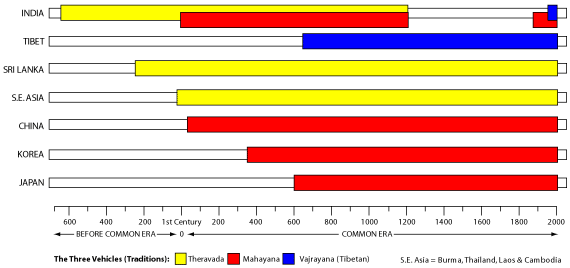


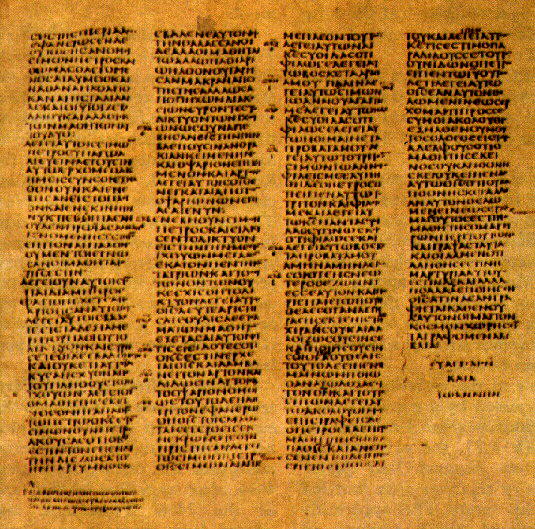
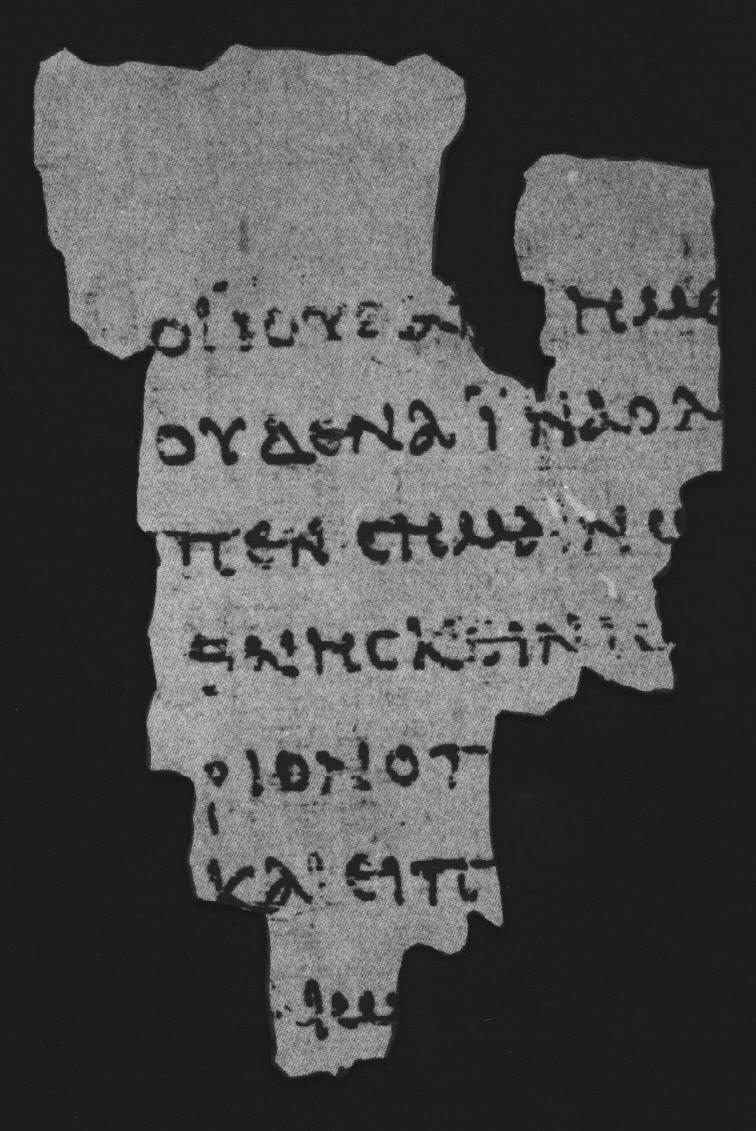
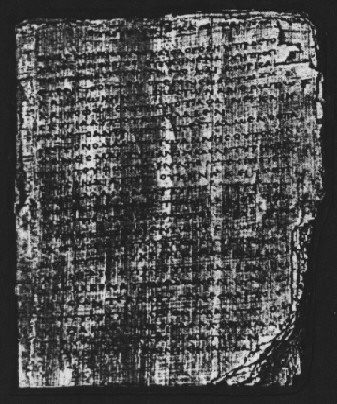
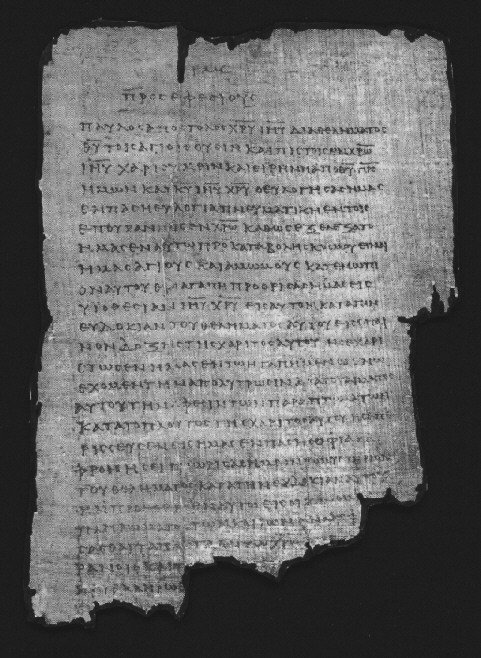
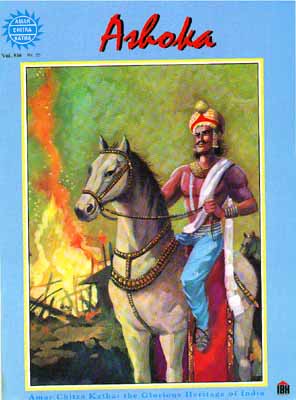
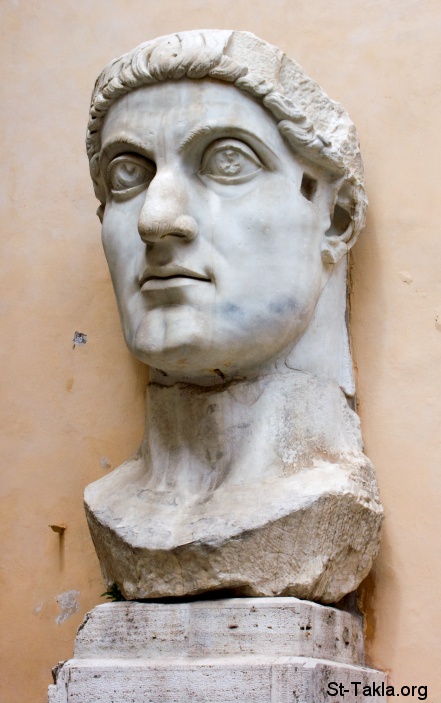

المفضلات